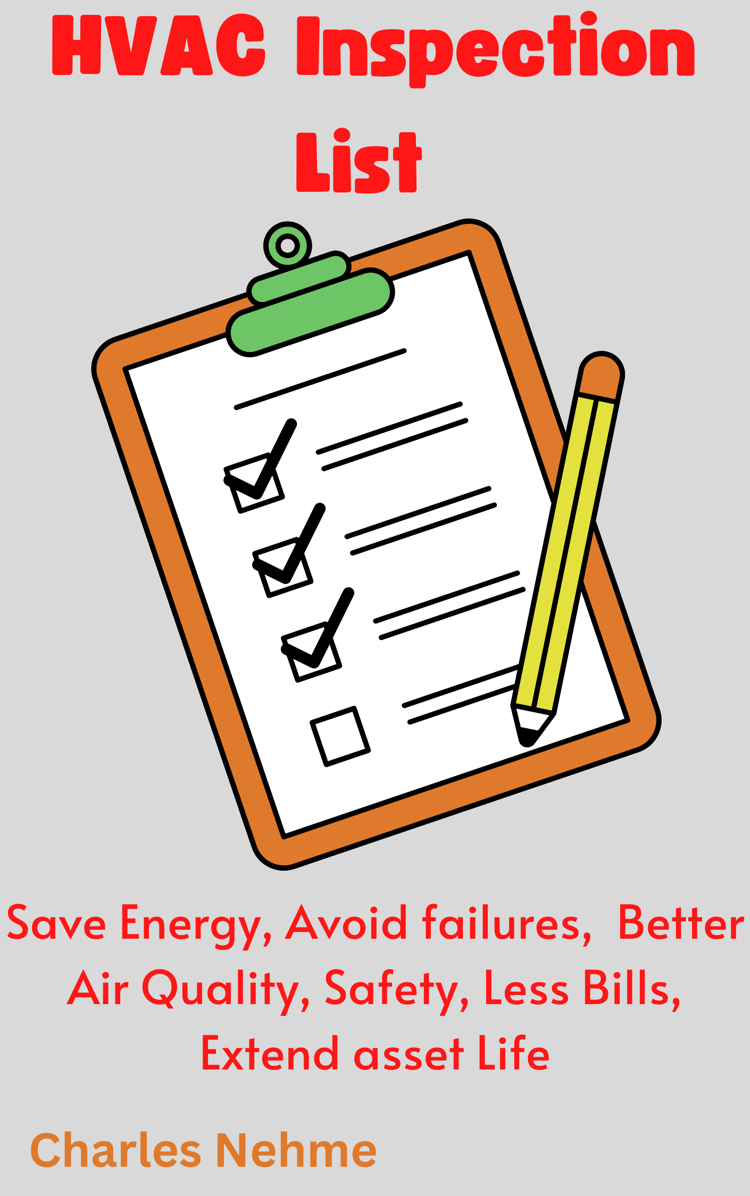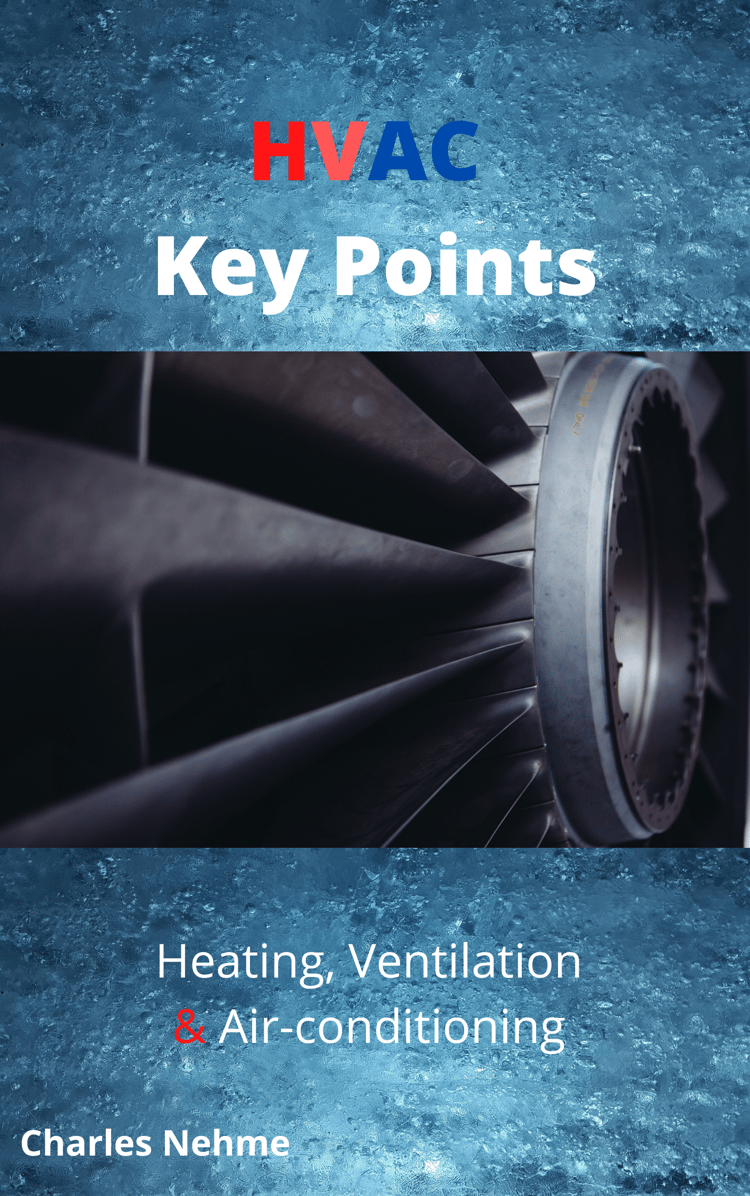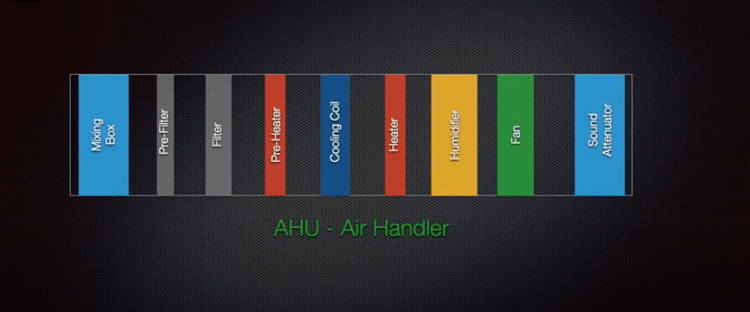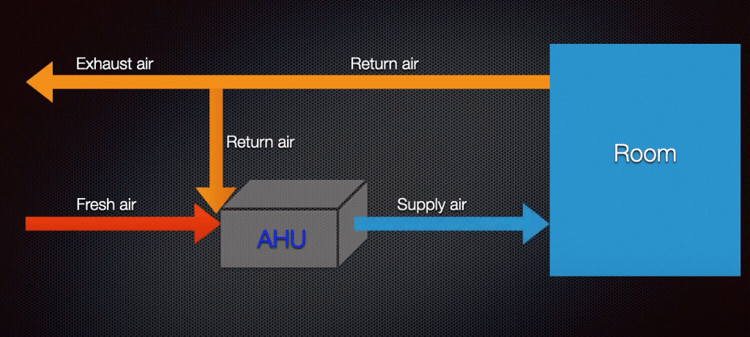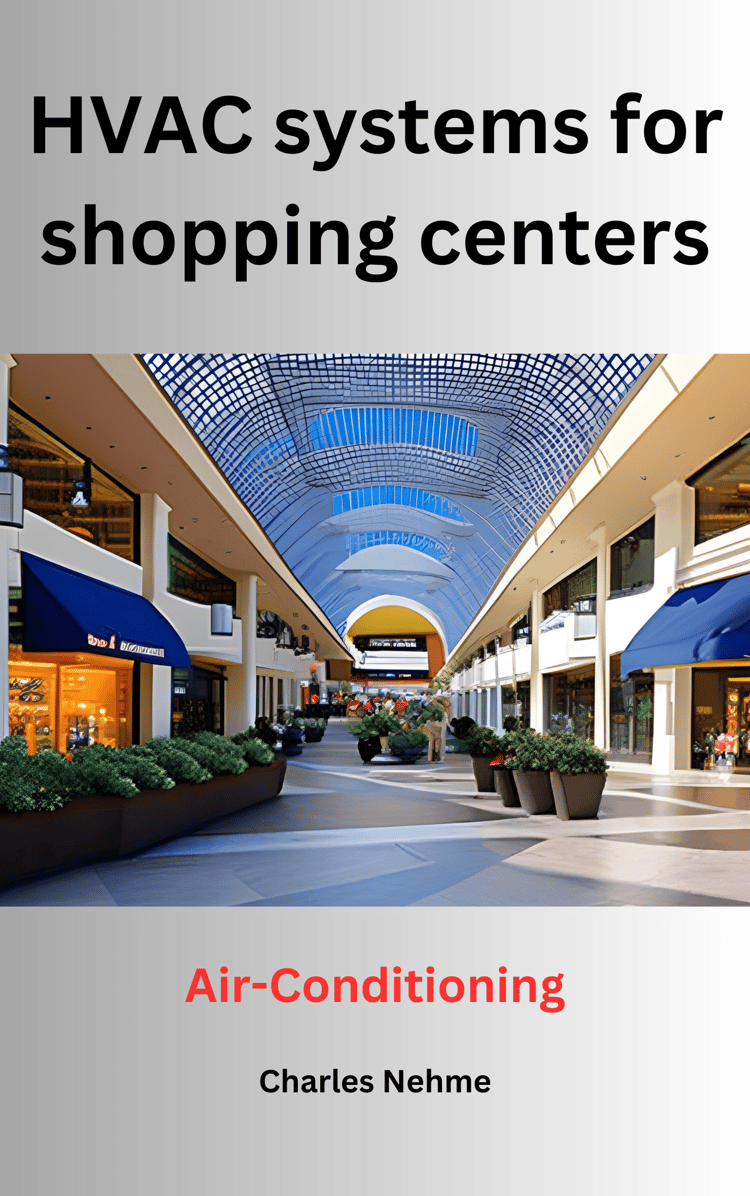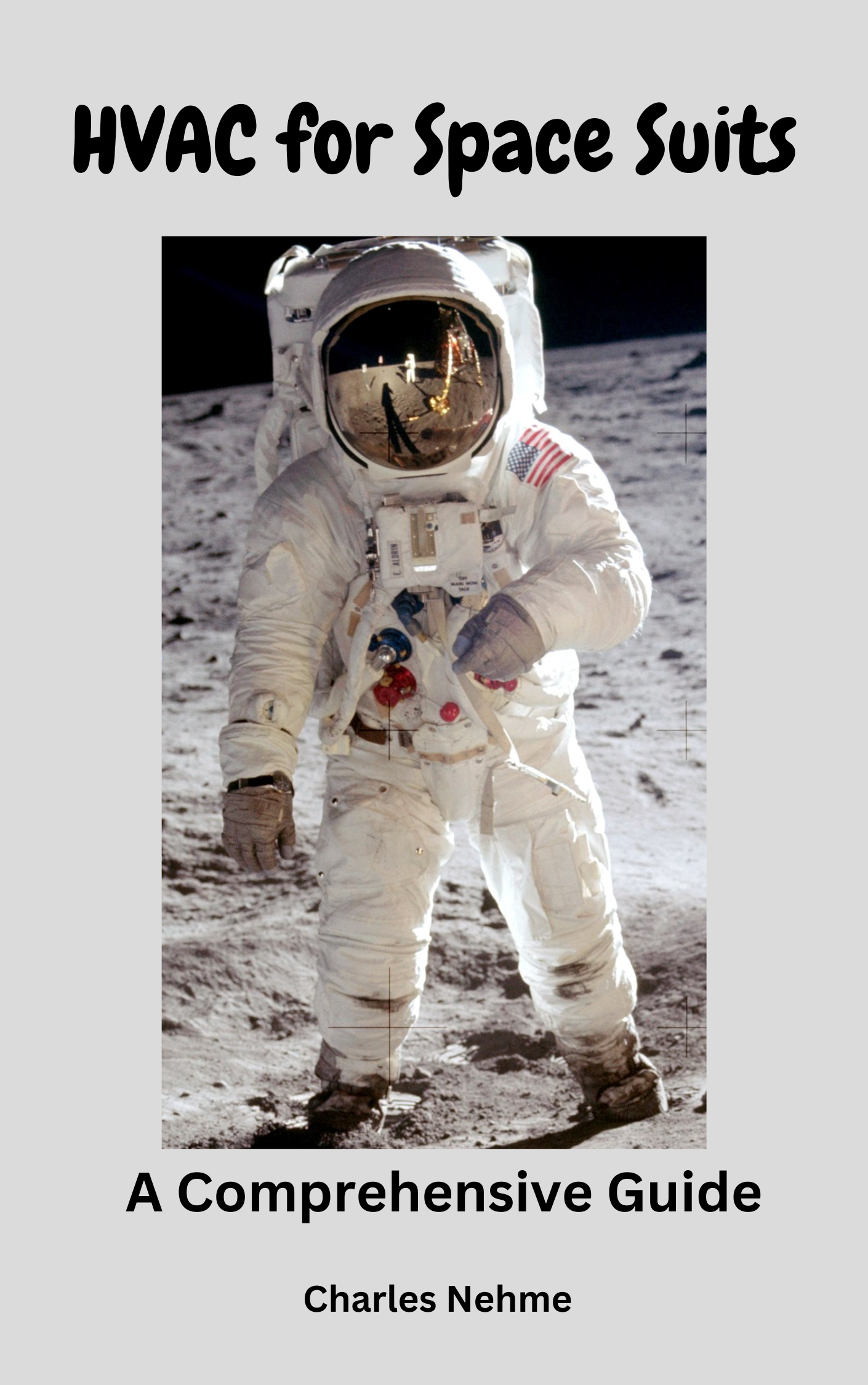
HVAC for Space Suits
Spacesuits are essential for astronauts to survive and work in the harsh environment of space. They provide a pressurized environment, protection from radiation and micrometeoroids, and a means for temperature control.
HVAC systems for space suits are one of the most critical components of these life-saving garments. They must be able to keep astronauts cool in direct sunlight and warm in the cold temperatures of space. They must also be reliable and lightweight, as every ounce of weight counts in space.
This book provides a comprehensive overview of HVAC systems for space suits. It covers the design, development, testing, and operation of these systems. It also discusses the latest technologies and trends in spacesuit HVAC.
This book is intended for a variety of audiences, including engineers, scientists, and students who are interested in the design and development of spacesuits and other life support systems. It is also a valuable resource for astronauts and other space professionals who need to understand the operation and maintenance of spacesuit HVAC systems.
I hope that this book will help to advance the development of spacesuit HVAC systems and make space exploration safer and more comfortable for astronauts.
Q&A
- How do spacesuit HVAC systems work?
Spacesuit HVAC systems work by circulating cool water or air through the spacesuit. This helps to remove heat from the astronaut's body and keep them cool.
- What are the different types of spacesuit HVAC systems?
There are two main types of spacesuit HVAC systems: liquid cooling and ventilation garments (LCVGs) and ventilation systems.
LCVGs are the most effective type of spacesuit HVAC system. They work by circulating cool water through tubes that are in direct contact with the astronaut's skin. The water draws heat away from the body and transfers it to a heat exchanger, where it is dissipated into space.
Ventilation systems are less effective at cooling astronauts than LCVGs, but they are simpler and lighter. Ventilation systems work by circulating air through the spacesuit, which helps to remove heat and moisture from the astronaut's body.
- What are the challenges of designing HVAC systems for space suits?
There are a number of challenges to designing HVAC systems for space suits, including:
- Weight and volume: Space suits are already heavy and bulky, so HVAC systems need to be as lightweight and compact as possible.
- Power consumption: Space suits have limited power supplies, so HVAC systems need to be energy-efficient.
- Reliability: Space suit HVAC systems must be able to operate reliably in the harsh environment of space, where they are exposed to extreme temperatures, radiation, and vacuum.
- Comfort: Space suit HVAC systems need to be comfortable for astronauts to wear, even during extended periods of time.
- What are the latest technologies in spacesuit HVAC?
Some of the latest technologies in spacesuit HVAC include:
- Phase change materials (PCMs): PCMs are substances that absorb and release heat as they change phase from solid to liquid and back again. PCMs could be used to store heat generated by the astronaut's body and release it when needed. This would reduce the energy requirements of the HVAC system and extend the astronaut's mission time.
- Microgravity heat pipes: Microgravity heat pipes are sealed tubes that contain a working fluid. The working fluid evaporates at one end of the tube and condenses at the other end. This process transfers heat from the evaporator to the condenser. Microgravity heat pipes are very efficient at transferring heat and can be used to cool spacesuits in a variety of environments.
- Active ventilation: Active ventilation systems would use fans and pumps to circulate air through the spacesuit. This would help to remove heat and moisture from the astronaut's body.
- What does the future hold for spacesuit HVAC?
The future of spacesuit HVAC is bright. New technologies are constantly being developed to make these systems more efficient, reliable, and comfortable for astronauts to wear.
As these new technologies develop, they are likely to be incorporated into future space suit HVAC systems. This will help to make space suits more efficient, reliable, and comfortable for astronauts to wear, enabling them to explore space further and longer.


